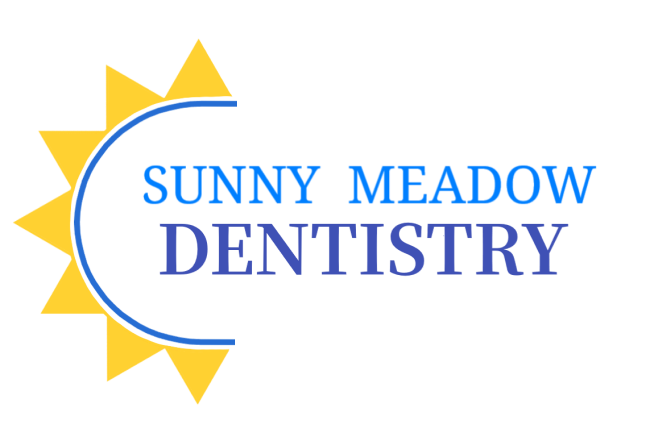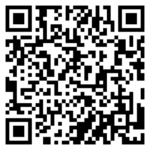
Preventive care is the first line of defense against oral health problems.
In general dentistry, the dentist is the primary care provider for patients of all ages and is responsible for the prevention, diagnosis and treatment of a wide variety of conditions, disorders and diseases affecting the teeth, gums and maxillofacial (jaw and face) parts of the body. Even though general dentists primarily provide preventative care and minor restorative therapy, they are often able to perform a wide array of other dental procedures, including some minor cosmetic treatments.
Good Oral Health and Oral Hygiene
Follow a conscientious program of oral hygiene at home, and coming to the dental office for routine cleanings and exams to keep your teeth and gums healthy for a lifetime.
Both natural teeth and teeth with restorations survive best in an oral environment that is clean and well-maintained and where the intake of harmful foods is controlled. Our program is designed to help prevent new cavities, preserve teeth that have been restored and manage periodontal disease.
During the initial visit, oral hygiene instructions are reviewed and are reinforced at subsequent recall visits. The following are helpful tips:
- Brush your teeth twice a day in a circular motion with a soft bristled toothbrush aimed at the gum.
- Floss every night in an up-and-down motion while keeping the floss in a U-shape and against the tooth surface.
- Avoid smoking.
- Avoid sticky sugary foods.
- Eat a balanced diet.
- Use antiseptic and fluoride rinses as directed.
- Have sealants placed on young permanent teeth.
BRUSHING
Brushing is the most effective method for removing harmful plaque from your teeth and gums. Getting the debris off your teeth and gums in a timely manner prevents bacteria in the food you eat from turning into harmful, cavity causing acids.
Most dentists agree that brushing three times a day is the minimum; if you use a fluoride toothpaste in the morning and before bed at night, you can get away without using toothpaste during the middle of the day. A simple brushing with plain water or rinsing your mouth with water for 30 seconds after lunch will generally do the job.

Brushing techniques
Here are some popular brushing techniques:
- Use a circular motion to brush only two or three teeth at a time, gradually covering the entire mouth.
- Place your toothbrush next to your teeth at a 45-degree angle and gently brush in a circular motion, not up and down. This kind of motion wears down your tooth structure and can lead to receding gums, or expose the root of your tooth. You should brush all surfaces of your teeth – front, back, top, and between other teeth, rocking the brush back and forth gently to remove any plaque growing under the gum.
- Don’t forget the other surfaces of your mouth that are covered in bacteria – including the gums, the roof and floor of your mouth, and most importantly, your tongue. Brushing your tongue not only removes trapped bacteria and other disease-causing germs, but it also freshens your breath.
- Effective brushing usually takes about three minutes.
- Remember to replace your brush when the bristles begin to spread because a worn toothbrush will not properly clean your teeth.
FLOSSING
Flossing is a method that uses a very thin piece of synthetic cord to remove bacteria and other debris that cannot be reached by a toothbrush.
Daily flossing at least once a day is an excellent and proven method for complementing your brushing routine and helping to prevent cavities, periodontal disease, and other dental problems later in life. It also increases blood circulation in your gums.
Like brushing, flossing should take about three minutes and can easily be done while doing another activity, such as watching television. Do not attempt to floss your teeth while operating a motor vehicle or other machinery.
How to Floss
There are two common methods for flossing, the “spool method” and the “loop method”. With either method of flossing, never “snap” the floss because this can cut your gums. Make sure that you gently scrape the side of each tooth with the floss.
The spool method is the most popular for those who do not have problems with stiff joints or fingers:
- Break off about 18 inches of floss and wind most of it around your middle finger.
- Wind the rest of the floss similarly around the middle finger of your other hand. This finger takes up the floss as it becomes soiled or frayed.
- Move the floss between your teeth with your index fingers and thumbs.
- Maneuver the floss up and down several times forming a “C” shape around the tooth. While doing this, make sure you go below the gum line, where bacteria are known to collect heavily.
The loop method is often effective for children or adults with dexterity problems like arthritis:
- Break off about 18 inches of floss and form it into a circle.
- Tie it securely with two or three knots.
- Place all of your fingers, except the thumb, within the loop.
- Use your index fingers to guide the floss through your lower teeth, and use your thumbs to guide the floss through the upper teeth, going below the gum line and forming a “C” on the side of the tooth.
Your gums may be tender or even bleed for the first few days after flossing – a condition that generally heals within a few days.


